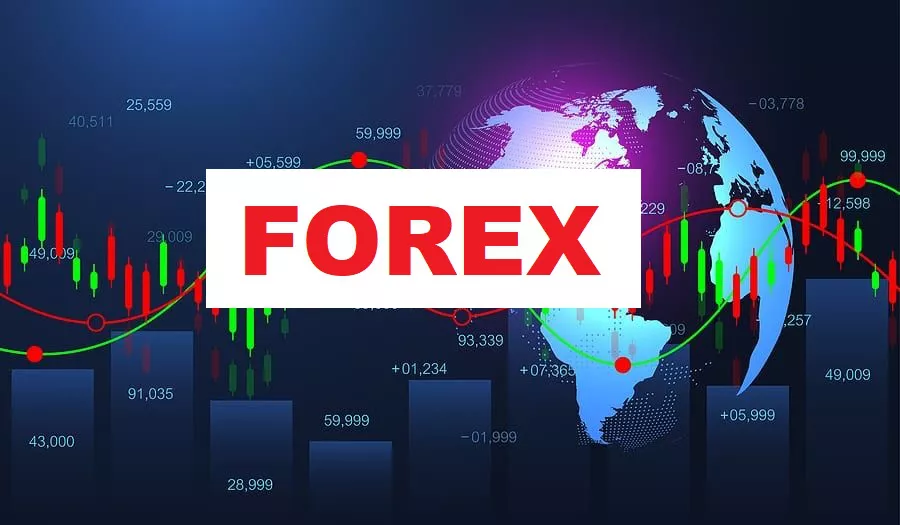The exchange rate between the Mexican Peso (MXN) and the United States Dollar (USD) is a critical financial metric for investors, businesses, and travelers. It determines how much one currency is worth in terms of the other. This rate fluctuates due to economic factors, political events, and market sentiment. Understanding MXN to USD conversions helps in making informed financial decisions, whether for trade, investment, or personal transactions.
This essay explores the dynamics of MXN to USD, including historical trends, influencing factors, and practical applications. By the end, readers will have a clear grasp of why this exchange rate matters and how it impacts various stakeholders.
What Is MXN to USD
MXN to USD represents the exchange rate between the Mexican Peso and the US Dollar. It shows how many USD one MXN can buy or vice versa. For example, if the rate is 0.060, it means 1 MXN equals 0.060 USD. Exchange rates are quoted in currency pairs, with the base currency (MXN) first and the quote currency (USD) second.
This rate is essential for trade between Mexico and the US, as well as for remittances and tourism. Since the US is Mexico’s largest trading partner, fluctuations in MXN/USD can significantly impact both economies.
Historical Trends of MXN to USD
The MXN to USD exchange rate has experienced significant changes over the years. In the early 1990s, Mexico pegged the peso to the USD to control inflation. However, the 1994 Tequila Crisis led to a sharp devaluation, causing the peso to lose nearly half its value.
Since then, the peso has remained volatile but has shown resilience. In recent years, factors like US interest rates, oil prices (Mexico is a major oil exporter), and political stability have influenced the exchange rate. For instance, during the COVID-19 pandemic, the peso weakened due to economic uncertainty but later recovered as global markets stabilized.
Factors Influencing MXN to USD
Several economic and geopolitical factors affect the MXN to USD exchange rate. Understanding these helps predict future movements and make better financial decisions.
Economic Indicators
Mexico’s inflation rate, GDP growth, and employment data influence the peso’s strength. Higher inflation weakens the peso, while strong economic growth can strengthen it. Similarly, US economic performance impacts the USD’s value.
Interest Rates
The US Federal Reserve’s interest rate decisions affect MXN/USD. Higher US interest rates attract foreign capital, strengthening the USD and weakening the MXN. Conversely, if Mexico raises interest rates, the peso may appreciate.
Trade Relations
Since the US is Mexico’s top trading partner, trade policies like tariffs or agreements (e.g., USMCA) impact the exchange rate. Trade disputes can weaken the peso, while favorable agreements may strengthen it.
Political Stability
Political uncertainty in Mexico, such as elections or policy changes, can cause peso volatility. Investors prefer stable environments, so political turmoil often leads to peso depreciation.
Oil Prices
Mexico exports crude oil, so oil price fluctuations affect its economy. Higher oil prices strengthen the peso, while lower prices weaken it.
How MXN to USD Affects Different Stakeholders
The exchange rate impacts various groups differently. Businesses, investors, travelers, and remittance senders all feel its effects.
Businesses
Companies importing or exporting goods between Mexico and the US must monitor MXN/USD closely. A weaker peso makes Mexican exports cheaper for US buyers but increases costs for Mexican importers.
Investors
Currency traders and foreign investors analyze MXN/USD for profit opportunities. A strengthening peso can attract foreign capital, while a weakening peso may deter investment.
Travelers
Tourists exchanging USD for MXN benefit from a stronger dollar, as they get more pesos for their money. Conversely, Mexicans traveling to the US face higher costs if the peso is weak.
Remittances
Millions of Mexicans working in the US send money home. A stronger USD means more pesos for their families, boosting Mexico’s economy.
How to Convert MXN to USD
Converting MXN to USD can be done through banks, currency exchanges, or online platforms. Each method has pros and cons.
Banks
Banks offer secure currency exchange but may charge high fees or offer less favorable rates.
Currency Exchanges
Airport kiosks or local exchange bureaus provide convenience but often have poor rates.
Online Platforms
Digital services like Wise or Revolut offer competitive rates and lower fees, making them a preferred choice for many.
Risks and Strategies in MXN/USD Trading
Trading MXN/USD involves risks due to volatility. However, strategies can help mitigate losses.
Hedging
Businesses use hedging tools like futures or options to lock in exchange rates and reduce risk.
Diversification
Investors diversify portfolios to avoid overexposure to currency fluctuations.
Monitoring Economic News
Staying updated on economic reports helps anticipate rate changes.
Conclusion
The MXN to USD exchange rate plays a vital role in global finance, affecting trade, investment, and personal transactions. Historical trends show its volatility, influenced by economic indicators, interest rates, trade policies, and political events. Businesses, investors, and individuals must understand these dynamics to make informed decisions.
By monitoring factors like oil prices, US monetary policy, and Mexico’s economic health, stakeholders can better navigate currency risks. Whether converting pesos for travel or investing in Mexican markets, awareness of MXN/USD movements ensures smarter financial choices.
In an interconnected world, understanding currency exchange is not just beneficial—it’s essential. The relationship between the Mexican Peso and the US Dollar will continue to shape economic outcomes for years to come.
Related topics:
- USD vs USDT: Key Differences Explained Clearly
- How To Convert Ethereum To USD: A Simple Solution
- Who Is Direct Auto Insurance Owned By?



































